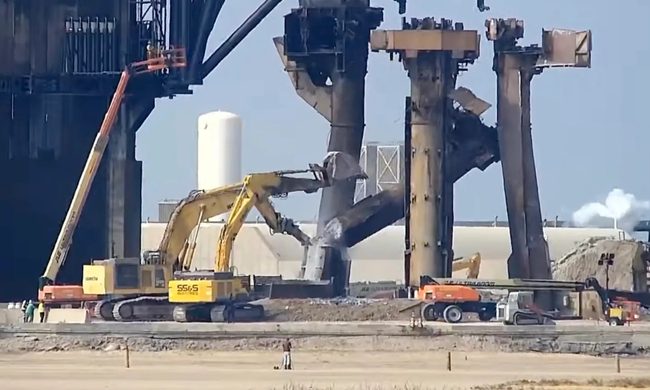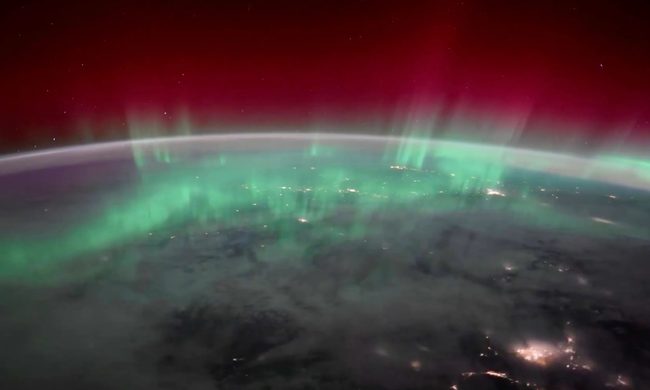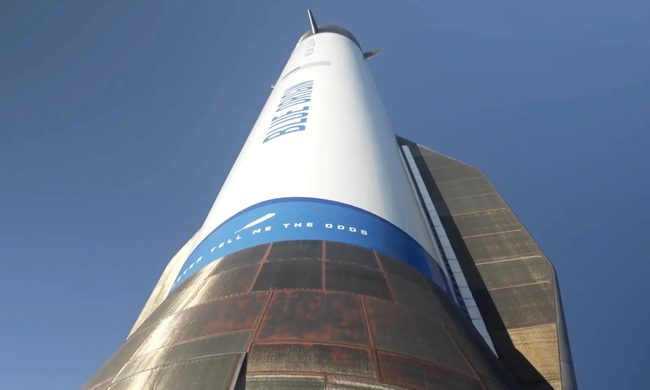A los 67 años, Don Pettit es el astronauta activo más viejo de la NASA. Durante tres viajes a la Estación Espacial Internacional (ISS), en 2002, 2008 y 2011, Pettit se ganó una reputación como fotógrafo altamente calificado que creó imágenes extraordinarias de la ISS, la Tierra y más allá.
Pettit, quien se describe a sí mismo como «un ingeniero escolarizado, un científico de profesión y un explorador de corazón», continúa compartiendo sus increíbles fotos en Twitter e Instagram, cautivando a sus muchos seguidores en las plataformas de redes sociales.
Echa un vistazo a este, por ejemplo, capturado durante la Expedición 30 de la ISS, una misión de seis meses que comenzó en diciembre de 2011. Compartida en Twitter el domingo, la imagen presenta rastros de estrellas sobre la Tierra.
Another of my favorite star trails. These typically are 15-30 stacked shorter exposures yielding a total exposure of 20-30 minutes. The darkest part of orbital night lasts about 30 minutes, so that is the longest effective time exposure I can make.
Taken during Expedition-30. pic.twitter.com/Z2mqFHxnR3— Don Pettit (@astro_Pettit) January 15, 2023
Otro esfuerzo notable, compartido hace apenas unos días, muestra los bosques de manglares frente a la costa de la India. «Los reflejos solares especulares iluminados por el sol desde la superficie del agua, dan un punto intenso de luz que no solo diferencia dónde está y dónde no está el agua, sino que también puede mostrar las ondulaciones superficiales causadas por el flujo superficial», dice Pettit en un comentario que acompaña a la imagen.
Sunlit, specular solar reflections from the surface of water, give an intense spot of light that not only differentiates where water is and isn’t, but also can show surface ripples caused by surface flow. Here shown are mangrove forests off the coast of India. pic.twitter.com/xnSv5rgrdl
— Don Pettit (@astro_Pettit) January 11, 2023
En otro ejemplo impresionante de sus habilidades fotográficas, esta captura muestra una puesta de sol desde la cúpula de la estación espacial, un módulo de siete ventanas desde donde muchos astronautas visitantes de la ISS toman sus imágenes de la Tierra.
Sunset on orbit taken from the @Space_Station Cupola window: it takes 7 ½ seconds for the disk of the sun to slip below the horizon. It goes from bright daytime lighting to dark night lighting in about twice this time, and as such there is no extended twilight on orbit. pic.twitter.com/yKmmZtEUcp
— Don Pettit (@astro_Pettit) January 8, 2023
Aquí hay otra belleza, esta vez mostrando un volcán en erupción (en infrarrojo cercano) en la región sur de la Patagonia argentina. Tomadas por Pettit durante su misión más reciente a la ISS, las regiones magenta muestran bosques saludables, mientras que las áreas grises indican dónde la erupción destruyó los alrededores.
Erupting volcano in near infrared and visible imagery (in comments), south Patagonia region, #Argentina. The magenta regions show healthy forests, the gray areas show where the eruption has decimated the surroundings. Taken from @Space_Station on my previous mission. pic.twitter.com/0I3g6dC5iQ
— Don Pettit (@astro_Pettit) December 13, 2022
Pettit dice que las ciudades por la noche son uno de sus lugares favoritos para capturar. El de abajo muestra España y Portugal, con las brillantes luces de Madrid y Lisboa, entre muchas otras áreas urbanas, claramente visibles.
Nighttime photo of Iberia from the @Space_Station, taken in 2012. Cities at night make great #astrophotography for @nasaastronauts, and are among my favorite phenomena to capture. Over time, you can see the adoption of LED and its impact on light pollution. pic.twitter.com/fT8ExEXHj7
— Don Pettit (@astro_Pettit) December 4, 2022
Y aquí hay otro aturdidor de la Cúpula. La larga exposición hace que las luces de la ciudad a unas 250 millas más abajo aparezcan como senderos.
Fish-eye lens long-exposure view of the Earth from the Cupola, aboard the @iss. Below, city lights flow as orange streaks, and faint star trails that show the Earth's rotation are visible in the lower left. #astrophotography can find exciting ways to combine both science and art! pic.twitter.com/JwrFeZMl7v
— Don Pettit (@astro_Pettit) September 11, 2022
Y finalmente, aquí vemos a Pettit en acción, cambiando rápidamente entre una cámara infrarroja y una cámara normal-visible usando una pequeña plataforma que él construyó. Aquí, el astronauta de la NASA está disparando a través de una ventana en el módulo de servicio ruso en lugar de desde la Cúpula.
My dual Ir/vis camera system in action. Near-simo photos taken by "floating" the camera. Audio is actual in the Russian Service module. pic.twitter.com/OMePspwZaD
— Don Pettit (@astro_Pettit) December 18, 2022
Asegúrese de revisar la cuenta de Twitter de Pettit o el feed de Instagram para obtener más ejemplos de su trabajo.



